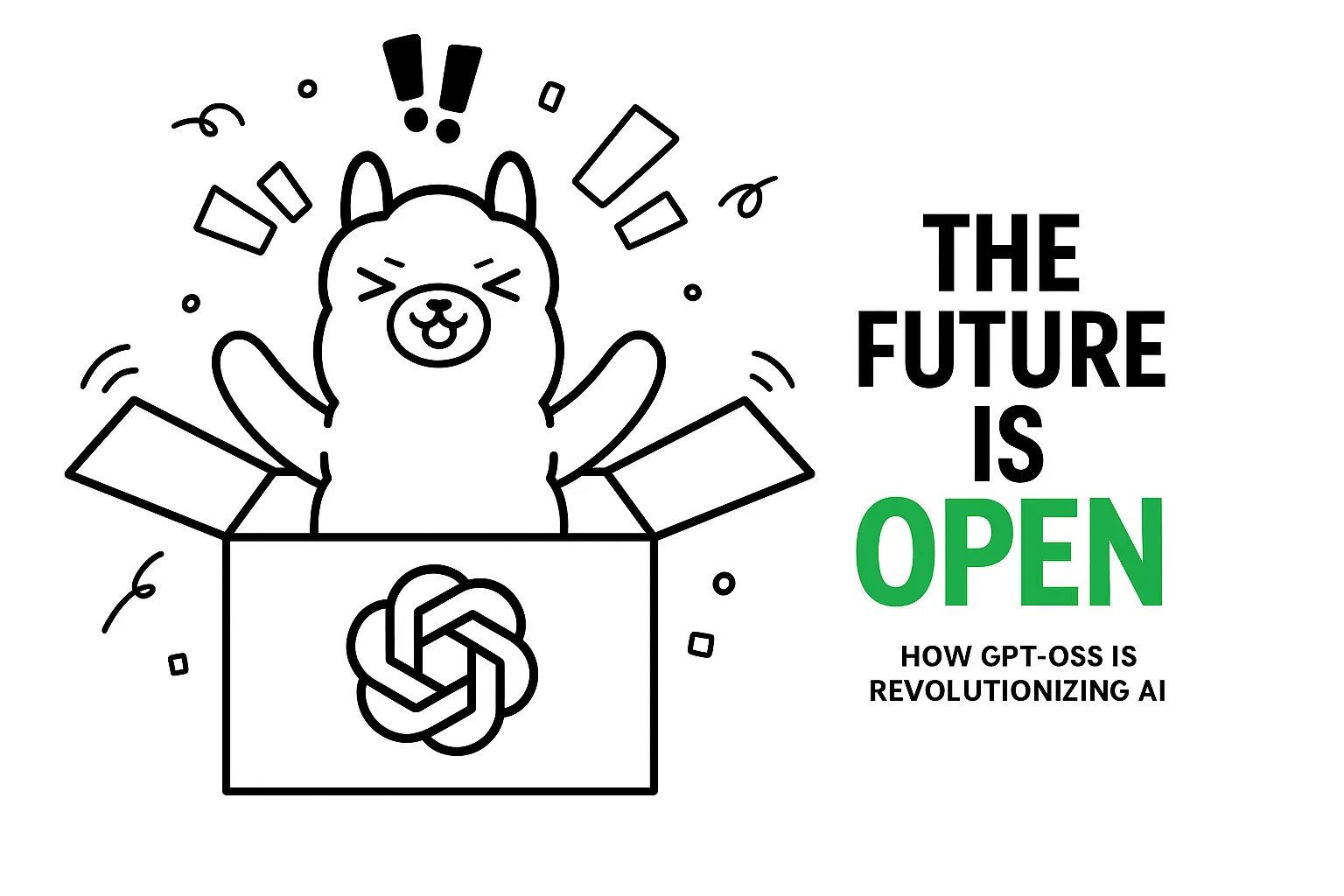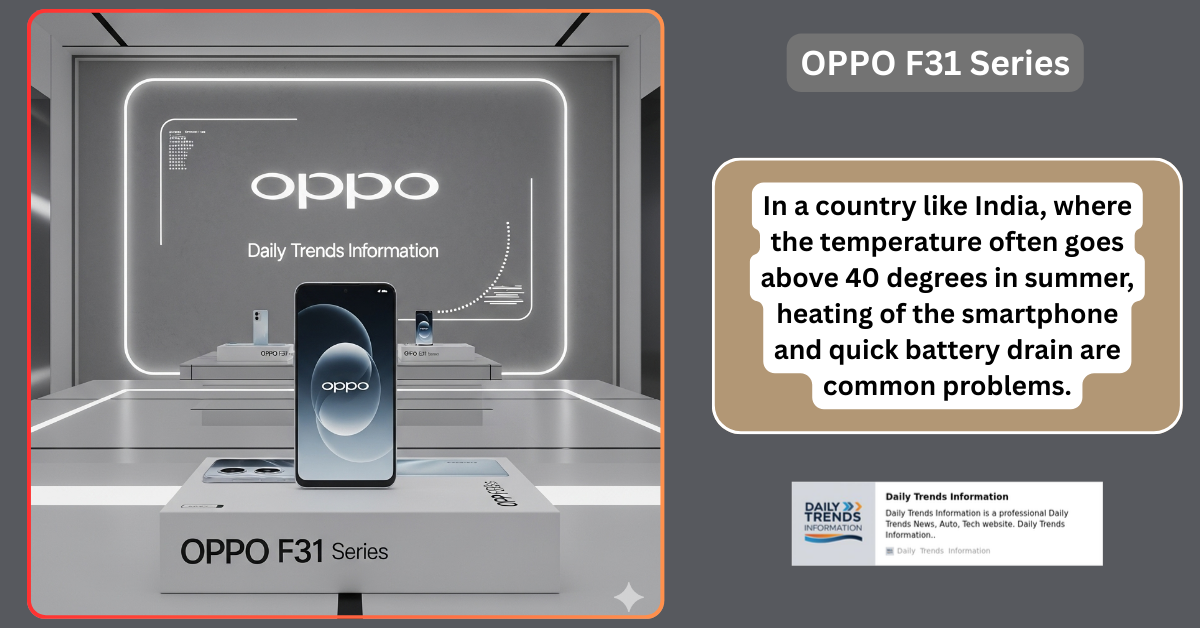In an era where artificial intelligence is rapidly reshaping industries and daily life, the collaborative spirit of open-source software (OSS) is proving to be an increasingly vital catalyst for innovation. The convergence of these two powerful forces—advanced AI models and the transparent, community-driven nature of open source—is now reaching a pivotal moment. OpenAI, a leader in AI research and development, has just unveiled a game-changing release: gpt-oss, a new family of open-weight GPT models. This development is poised to democratize access to cutting-edge AI capabilities and accelerate the pace of innovation across the globe. In this blog post, we will delve into what gpt-oss entails, explore its groundbreaking features, and examine its profound potential impact on the developer community and the broader future of artificial intelligence.
What is GPT-OSS?
At its core, gpt-oss represents a significant stride in making powerful AI more accessible. The acronym stands for Generative Pre-trained Transformer – Open Source Software, and with this release, OpenAI has introduced two distinct models: gpt-oss-120b and gpt-oss-20b. It’s crucial to understand the nuance here: these are open-weight models, meaning the trained model weights are freely available for use and modification. While the full training code and proprietary datasets are not released, the availability of the weights under the flexible Apache 2.0 license marks a substantial commitment to fostering an open AI ecosystem. The primary goal behind gpt-oss is to extend powerful reasoning and tool-use capabilities to a much broader audience of developers and researchers, emphasizing efficiency and accessibility as core tenets of its design. This move aims to lower the barrier to entry for advanced AI development, allowing more individuals and organizations to experiment, build, and innovate with state-of-the-art language models.
The Power Under the Hood: Key Features of GPT-OSS
The true ingenuity of gpt-oss lies in its sophisticated architecture and the practical advantages it offers. Both gpt-oss-120b and gpt-oss-20b leverage a Mixture-of-Experts (MoE) architecture. This design choice is critical for efficiency, allowing the models to activate only a fraction of their total parameters for any given token—specifically, 5.1 billion for the 120b model and 3.6 billion for the 20b model. This intelligent resource allocation means that these powerful models can run effectively even on consumer-grade hardware, with the gpt-oss-20b model requiring as little as 16GB of memory. This is a significant breakthrough, enabling on-device AI applications that were previously impractical.
Beyond its efficient design, gpt-oss demonstrates impressive performance across a range of benchmarks. Evaluations show that these models not only outperform similarly sized open models but also rival and, in some cases, exceed the capabilities of OpenAI’s own proprietary models, such as o3-mini and o4-mini. This superior performance is evident in critical areas like coding, complex mathematical problem-solving, and general reasoning tasks. For developers, gpt-oss offers a suite of highly practical features. It excels in agentic workflows, supporting advanced tool use like web search and Python code execution. Furthermore, developers can customize the model’s reasoning effort—from low to high—to balance latency and performance according to their specific needs. The ability to generate structured outputs also ensures that developers receive predictable and easily parse able data, streamlining integration into various applications.
The Ripple Effect: Why GPT-OSS Matters
The release of gpt-oss is more than just another model launch; it signifies a profound shift towards democratizing AI. By making these powerful models openly available, OpenAI is empowering individual developers, academic researchers, and even smaller enterprises to innovate without the prohibitive costs and computational resources traditionally associated with cutting-edge AI. This accessibility fosters a more inclusive environment where diverse ideas can flourish, leading to a wider array of applications and solutions.
One of the most significant implications of gpt-oss is its potential to enable widespread on-device AI. The ability to run sophisticated models like gpt-oss-20b on local machines and edge devices, with minimal memory requirements, opens up new frontiers for privacy-preserving AI and low-latency applications. Imagine AI assistants that operate entirely offline, or smart devices that can perform complex reasoning without constant cloud connectivity. This paradigm shift reduces reliance on centralized servers, enhances data security, and unlocks possibilities for AI in environments with limited internet access. Furthermore, this initiative fosters a new era of collaboration within the AI community. By providing open-weight models, OpenAI encourages developers to build upon their work, fine-tune models for specific tasks, and contribute to a shared knowledge base. This collaborative approach accelerates research, identifies new use cases, and ultimately pushes the boundaries of what AI can achieve, benefiting everyone involved.
Conclusion
In summary, the introduction of gpt-oss marks a significant milestone in the evolution of artificial intelligence. By combining the power of advanced GPT models with the collaborative principles of open-source software, OpenAI is not only democratizing access to cutting-edge AI but also fostering an environment ripe for unprecedented innovation. This move promises to unlock a future where AI is more accessible, efficient, and integrated into our daily lives, driven by a vibrant and empowered global developer community. The possibilities that gpt-oss unlocks are truly exciting, paving the way for a new era of AI development and application.







